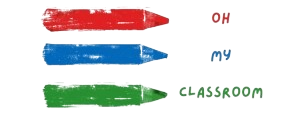Winter is a magical season that brings along a lot of opportunities for fun and learning.
Math is an integral part of early childhood education, and it’s never too early to introduce young learners to the wonders of numbers and shapes.
Now, we’ve compiled a list of winter math activities for preschoolers that are not only fun but also educational.
From counting snowflakes to measuring snowballs, these activities will keep your little ones entertained while enhancing their math abilities.
Counting Snowflakes:

Snowflakes are a symbol of winter, and they make a great counting tool for preschoolers. Cut out different-sized snowflakes from white paper and let your child count them. You can also ask them to sort the snowflakes by size or color to practice their sorting and classification skills.
Measuring Snowballs:
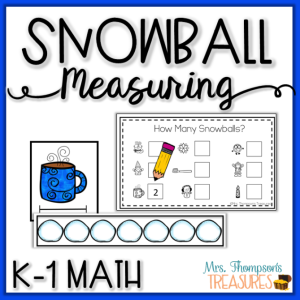
On a snowy day, gather some snowballs and let your child measure them using a ruler or tape measure. Ask them to compare the sizes of different snowballs and arrange them from smallest to largest or vice versa. This activity can help them develop their measurement and comparison skills.
Related: 100 Exciting Family Feud Questions for Kids
Winter Shape Hunt:
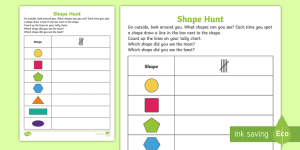
Take a walk outside and look for winter shapes such as circles (snowballs), squares (windows), and triangles (tree branches). Ask your child to identify the shapes and count how many of each they find. This activity can improve their shape recognition and counting skills.
Related: 25 Brain Break Activities for Preschoolers Kid
Hot Chocolate Counting:

Make a cup of hot chocolate and give your child some marshmallows. Ask them to count how many marshmallows they have and add or subtract them as they put them into their hot chocolate. This activity can make learning math fun and enjoyable.
Winter Pattern Making:

Use winter-themed objects such as snowflakes, mittens, and hats to create patterns. Start with simple patterns such as ABAB or AABB and let your child continue the pattern. This activity can improve their pattern recognition and critical thinking skills.
Snowflake Symmetry:
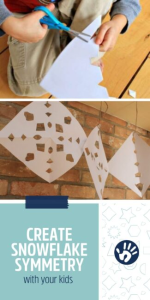
Fold a paper snowflake in half and ask your child to cut out shapes along the folded line. When they open up the snowflake, they will see a symmetrical design. You can talk to them about symmetry and ask them to identify the symmetrical parts of the snowflake.
Related: 25 Sensory Table Activities for 1-2 year Olds
Ice Cube Counting:
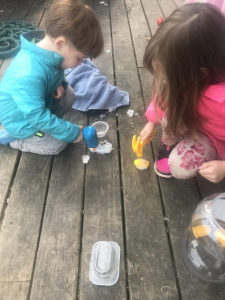
Freeze small toys or objects in ice cubes and ask your child to count how many objects are in each cube as the ice melts. This activity can help them with counting and number recognition.
Snowy Subtraction:
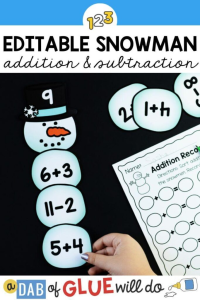
Draw snowmen on a sheet of paper and ask your child to subtract the number of snowballs from each snowman’s body. For example, if a snowman has five snowballs on its body, ask your child to subtract two, and count how many snowballs are left. This activity can help them with subtraction and counting skills.
Winter Graphing:
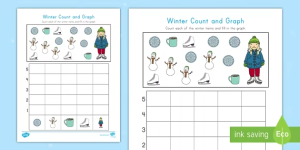
Use winter-themed stickers or cut-outs of mittens, snowflakes, and hats to create a graph. Ask your child to count how many of each object they have, and add it to the graph. This activity can help them with basic graphing and data collection skills.
Snowy Shapes:
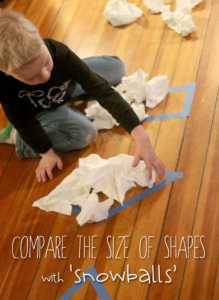
Use snowballs to create shapes such as circles, squares, and triangles on the ground. Ask your child to identify the shapes and count how many of each they can find. This activity can help them with shape recognition and counting skills.
Winter Measurement:

Provide your child with different winter items such as snow boots, mittens, and scarves, and ask them to measure each item using a measuring tape or ruler. This activity can help them learn about measurement and comparing sizes.
Snowman Addition:
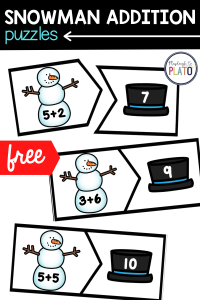
Create three snowmen with numbers on their bellies. Ask your child to roll a die, and add the number on the dice to the number on one of the snowmen’s bellies. This activity can help them with addition and counting skills.
Winter Tally Marks:
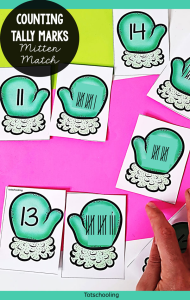
Use a winter theme like snowflakes or mittens to make tallies on a sheet of paper. Ask your child to count how many tallies there are for each object, and then write the number in numeral form next to the tallies. This activity can help them learn about tally marks and number representation.
Winter Pattern Blocks:
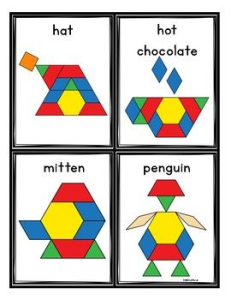
Use winter-themed pattern blocks to create shapes or patterns. Ask your child to create their own shapes and patterns and describe them to you. This activity can help them with spatial reasoning and pattern recognition.
Winter Calendar Counting:
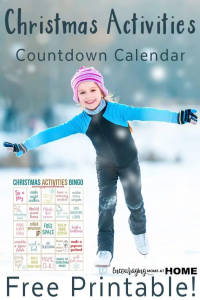
Use a winter-themed calendar and ask your child to count the number of days until a special winter event or holiday, such as Christmas or Hanukkah. This activity can help them with counting and number recognition skills, as well as understanding the concept of time.
Winter Fraction Fun:

Cut out pictures of winter-themed objects and divide them into equal parts. Ask your child to identify the fractions and match them to the correct picture. This activity can help them with understanding the concept of fractions and basic division.
Winter Snowball Roll:

Draw a line on the ground and place some snowballs at one end. Ask your child to roll the snowballs to the other end of the line and count how many times they rolled before reaching the end. This activity can help them with counting and number recognition.
Winter Counting Jars:

Fill jars with different winter-themed items such as snowflakes, cotton balls, and pom-poms. Ask your child to count how many items are in each jar and compare them. This activity can help them with counting and comparison skills.
Winter Geoboard:
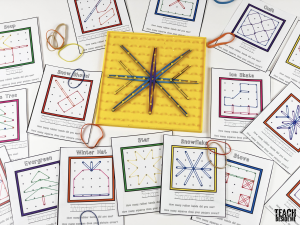
Use a geoboard and winter-themed rubber bands to create shapes and patterns. Ask your child to describe the shapes and patterns they make and identify any similarities or differences. This activity can help them with spatial reasoning and pattern recognition.
Winter Money Match:
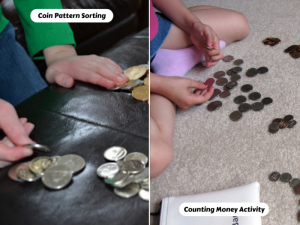
Use winter-themed play money and ask your child to match the coins with the correct value. You can also ask them to count the total value of the coins they match. This activity can help them with basic money recognition and counting skills.
